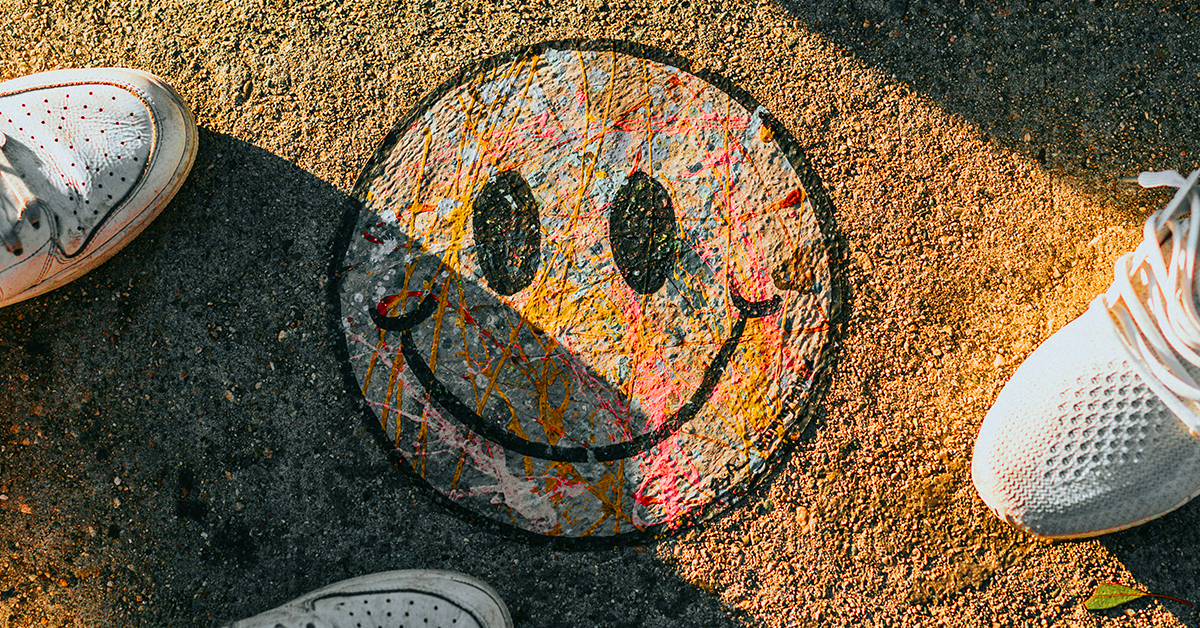Tag: psychology
-

How to Make Better UX Decisions Using Opportunity Cost
PRO INSIGHT Decision making is an overlooked skill for UX Designers. Not only do good decisions lead to better results. They also help us build momentum, keep pace, earn trust, and meet our deadlines. But we’re often faced with decisions that don’t have a clear ‘best’ answer. Or we don’t have all the data we…
-

How To Design For Behavior Change In UX Design
PRO INSIGHT Designers have tremendous power in influencing the behavior of their users. One of the most fulfilling ways to use this power is to work in industries that impact our personal lives. This not only gives us extra incentive to do amazing work but it gives us extra insight and connection. Depending on the…
-

How To Build Trust Through UX Design
PRO INSIGHT We all know that Psychology is an important part of UX Design. But usually we mean heuristics and biases that help people complete tasks and navigate interfaces. But that’s only half the job. The other half is about building relationships. And in order to build relationships we need to build trust and rapport.…
-

10 Cognitive Biases Every UX Designer Should Know
PRO INSIGHT Understanding human psychology gives UX Designers a massive advantage when creating engaging and useful user experiences. But while an understanding of psychology can be used for good, it can also be used to manipulate and influence people in a negative way. By being aware of common cognitive biases, we won’t just be able…
-

How To Use First Principles Thinking For UX Designers
PRO INSIGHT In order for UX Designers to become UX Design Leaders, they must develop their thought leadership skills. One of the best ways to do that, is to practice First Principles Thinking. By reducing a problem down to it’s component parts and challenging assumptions, you gain a clarity that allows you to develop innovative…
-

10 Mental Model Examples for Better UX Design
Mental models are a way of representing how a system works in someone’s mind. They help designers create a better user experience by making products that match the way people already think about how the system works. For example, most people already have a mental model for how a smartphone works that includes being able…